Some sawhorses I’ve used were built bull-strong for house construction; others were so feebly put together that they quickly became kindling. The style I like most is based on a James Krenov type used for a mortise-and-tenon exercise 30 years ago at furniture-making school. Those horses were made of 4/4 hard maple with legs like an inverted-T and upper and lower crossbars that are through-tenoned, wedged, and glued. Variations on that style have become the mainstay in my shop. This pair of sawhorses converts from crossbeam (right) to sling (left). The lower beams' tenons are wedged to lock them permanently in the uprights' mortises.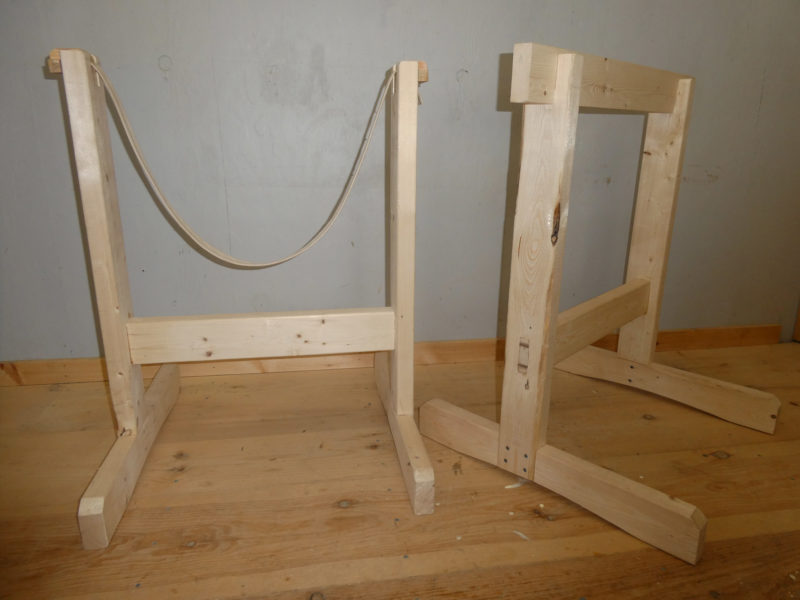 Tom DeVries
Tom DeVries
Join The Conversation
We welcome your comments about this article. To include a photo with your remarks, click Choose File below the Comment box.


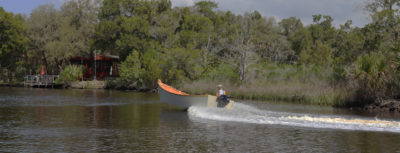
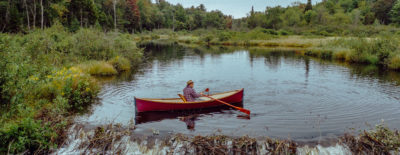
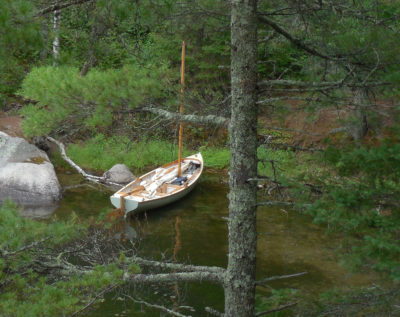
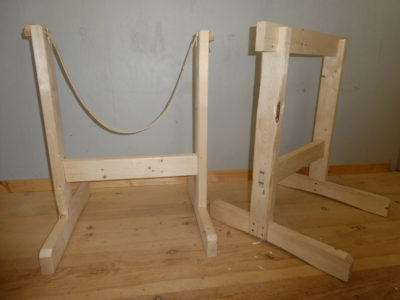
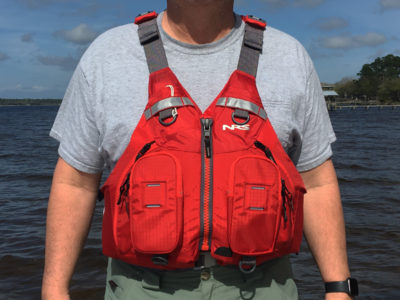

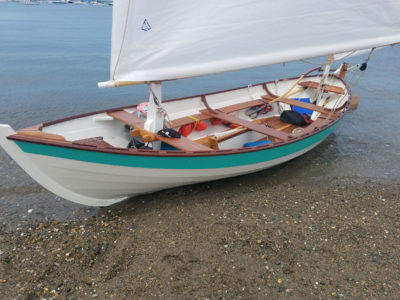
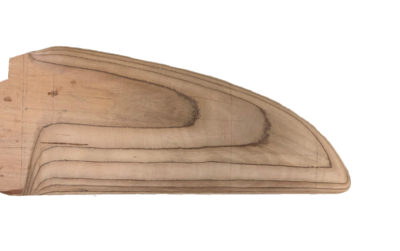
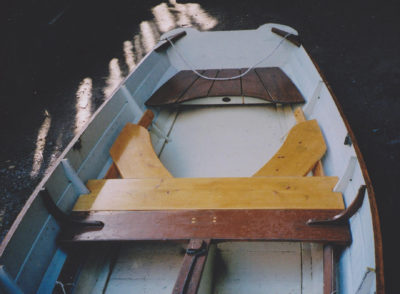
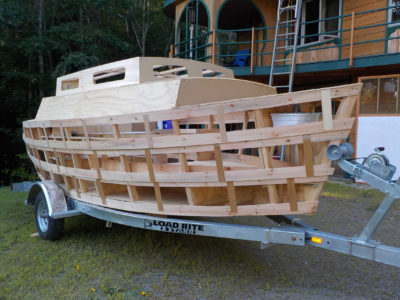
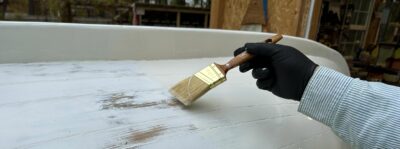
Do you sell plans or a kit?
One thing to keep in mind is customization. You are an individual with a certain height, and building, maybe, a boat for the cradle of a certain width. Some kayaks hold 3 people, others hold a person who weighs 100 pounds, so depending on your plans, your beam for the horses could vary. I always build custom and for myself, and not to plans.
Hi Richard,
No, I haven’t drawn up plans for sale but that’s not a bad idea. Do you prefer the idea of take-apart horses or permanently fastened? Chesapeake Light Craft shows a couple of canoe/kayak boat stand designs on their web site.
Excellent! Gonna spend a weekend (ain’t they all, right now?) making some of these. Thank you!
Bill, you’ll get an excellent rate of return on your investment! Enjoy your weekend in the shop.
As an alternative to planing the top crosspieces to 1 inch you could substitute 5/4 decking , rip the rounded edges off to whatever you want and make the slots to suit .
Great idea using 5/4 stuff, David. The stock and dimensions in the article are guidelines, and making the most of materials at hand is wise. Chris, SBM’s editor, told me he got his “2x4s” from a 2×10. Often you can find nicer wood with better grain in a bigger stick. I would always use a softwood for the upper cross piece, making it less likely that you would ding the outwales on your inverted boat. Also, as Chris shows in his final photo, it’s easy to simply screw a top board into it. I have an 18′ freight canoe in my shop now and I added a 40″ top board to my 30″-long upper crossbar to accommodate the canoe’s 36″ width at the transom.
Great looking set of horses. I especially like the way you did the web sling. Looks like I have found a use for some 2x’s I have lying around.
I like Chris’s use of dowels and friction for his web slings, too, Daniel. If you happen to have some 1/2″ to 5/8″ rope with a soft hand laying about, you could also make an adjustable sling by simply trying figure eight knots instead of the fancy knots I used in my “show” horses.
Great idea. I have been using a pair of Krenov-designed horses for about five years after coming across plans in a woodworking magazine. I added a removable piece to bring them up to the level of my workbench.
The removal system here is brilliant as is the knockdown idea.
Over time I’ve found that the horses as useful as any tool in the shop.
Thanks for the insights.
If I ever knew what these were called or who I learned about them I’ve lost that knowledge in the mists of time. I’ve kept this basic design in my head for thirty years and every once in a while I whip out another one pair out of three 8′ 2x4s and deck screws. The only fancy joinery I do is to notch the feet into the verticals so they can’t rock around. If a set does get rickety I’ll add some plywood gussets to get another year out of them.
I made a set of proper-looking Krenov horses out of maple, and while I would have used mortice and tenon joints, I had just purchase and early PC biscuit jointer, and used it instead. The plan was to see how long they would last, and when they failed, just replace the b-joints with mortice and tenon. This must have been 35 years ago.
Well, they lasted really well. I made a trimaran where the boat was hung from 4 points, 2 steel drums, and my two Krenovs. There was the weight of the boat, and us walking around inside it for 6 months during the build. Eventually they did break a few years later, but only the crosspiece joints, not the feet. Rather than mortice and tenon them as planned. I cleaned them up and reglued with epoxy. The joints had double biscuits in them.
The big hassle are that they are terrible to store, and easy to trip over, but otherwise invaluable. I was thinking of making a new pair for my lake shop, and maybe using a ratchet strap to hold the crosspiece in place, than the who thing could be knocked down. We will see.
I mentioned a ratchet strap, but your drawbolts achieve the same result and are less oddball. My preference when drawbolts come up are epoxy bonded bolts. They are super easy to install (though the timeline is longer) and a pleasure to use as all you have is a custom stud in the stretched, no fishing for nuts, or unsightly slots and captured nuts. After using captured nuts on my first workbench, I never looked back once I used hardware bonded studs. Thank you Gougeons!